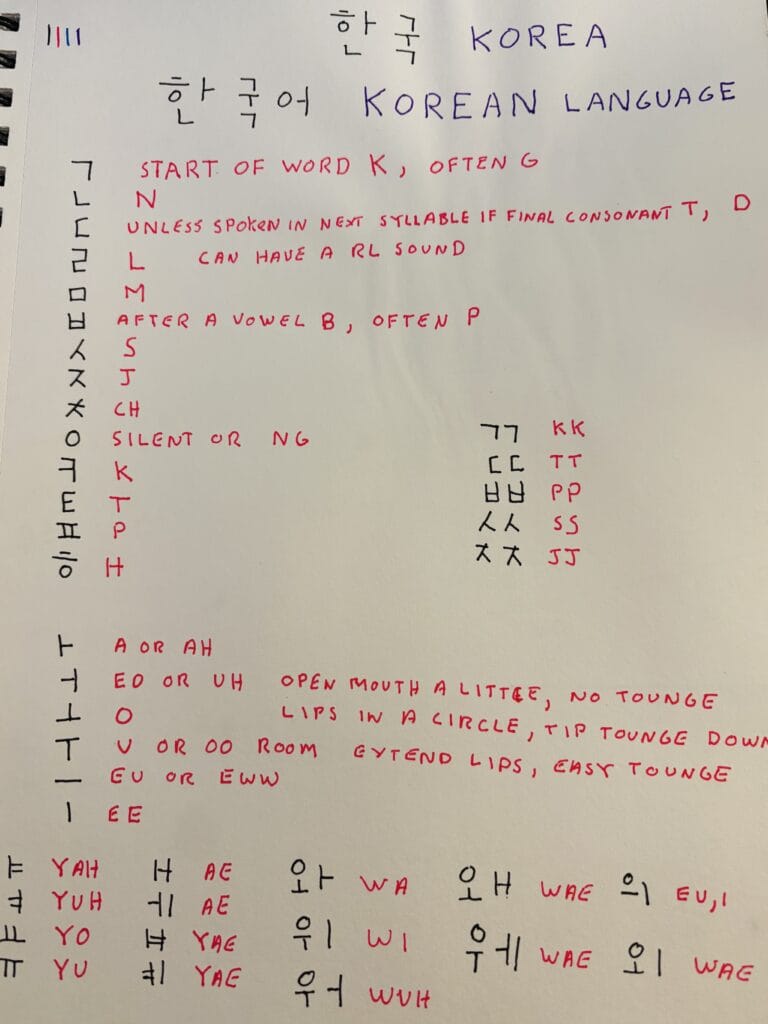Simple Examples
Covert to lowercase
ip = input()
ip = ip.lower()
print(ip)
Replace spaces with three dots
ip = input()
print(ip.replace(' ','...'))
Replace a text emoji with a picture emoji
def main():
msg = input()
print(convert(msg))
def convert(msg):
msg1=msg.replace(":)","🙂")
msg2=msg1.replace(":(","🙁")
# does both, if a single line contain happy and sad text emoji
# replace does not return null if it finds nothing to replace, it does =
return msg2
main()
How do I run or execute python ?
You would have installed python before today on your PC or container or virtual machine.
python newline
>>>> interactive shell to run python functions, Python interpreter
Say I want to save something more permanent, vi/VS code/atom, use an editor or IDE to create a file whatiwant.py, my python program.
python whatiwant.py newline on command line, python to be run
or add this as a top line of the file whatiwant.py, my python program.
cat whatiwant.py | head -n 1 on command line to see first line
#!/usr/bin/env python3
whatiwant.py newline
on command line, no need to tell it to use python on the command line.
And so on, basic linux command line to tell it what to run, if it was a bash script use #! /bin/bash on a bash script whatiwant.sh, or ruby whatiwant.rb for a ruby program.
What is a function ?
It’s a task you want to do many times, say like print to screen, hence you have a function called print. Typically, functions are easy to use, alleviate writing that snippet of lower level code over and over again. You have your built-ins, came with the python distribution and therefore sit before your use of them. I only mean when you define your own functions, you need to define them prior to your use of them, you need to put some thought into where they sit. The built-ins already sit upstream always.
A little precision on language, when you define the function, sep is the 2’nd parameter. Jerry is the 3’rd argument. An argument is the value assigned to the parameter during actual usage of the function. And to complete word use x = print(“Is that not perfect!”,”again”,sep=’ Jerry ‘), the x would be a variable in your main program.
print(*objects, sep=’ ‘, end=’\n’, file=None, flush=False)
print(“Is that not perfect!”,”again”,sep=’ Jerry ‘)
Is that not perfect! Jerry again
cat whatiwant.py print and input are built-in functions
#! /usr/bin/env python3
duck = input{"Give me some input? ") enter space space sure gi
print("Is this your input,", duck) will return Is this your input, sure gi
duck = duck.strip().capitalize() a print will return Sure gi remove spaces
duck = duck.title() a print will caps all words, Sure Gi
duck = input("Give me some input?").strip().title() do it earlier
print(duck)
And you can learn functions in the doc, note strip only does trailing and preceding spaces on what you entered when prompted by input. To get rid of inside spaces between inputted words is another exercise.
x = 1, y = 2, z = x + y; print(z) will return 12 or the default is string and concatenate. int.x = 1 or x = int(input(“enter number:”,)) will treat x as an integer. Remember whole number 0,1,2,3 for counting objects back in our barter system on farms, -3,-2,-1,0,1,2,3 are integers or no fractions for many uses and then floating where one usually chooses to what decimal place for precision in engineering.
print(z) is normal
print(f”{z}”) allows f or formatting and requires z in curly brackets
print(f”{z:,}”) assume you defined z as a int prior, will put in the 1,000 instead of 1000. print(f”{z:.2f}”) will round say 3.4179 to 3.42 two decimals. Print with format has a lot of power, throwing it out there. Or you can deal with it earlier during variables, z = round(z, 2) will produce 3.42 to pass simply to print(z).
Anyways, remember each built-in function may have more interesting aspect worth looking into, your default type is string for variables.
Should the built-ins not be enough, create your own.
Pretty simple, def is the keyword or the define function (a function to define other functions), you pass values in through parameters between the () on the line starting with def. You use return within the function to get values back up into main. So the function knows nothing of lego or variables in main, and main knows nothing of y inside the function. There is a word for it, Scope, meaning a variable only has use inside its scope.
lego = "ripe apples"
myfunction(nuts) bad line will not work, as it sits above its define
def myfunction(lz="defaultvalue"):
print("Is this correct,", lz)
print(lego) this line is a bad line
nuts="Jerry"
myfunction(nuts) will work as myfunction sits below its define
Is this correct, Jerry.
I gave a simple example showing passing a value INTO a function. Let’s do a slightly different example to show Scope and returned values OUT of a function.
def myfunction():
fil = "Jerry"
x = 50
y = 60
return [fil, x]
myfunction()
verify = myfunction()
print(verify)
[ 'Jerry', 50]
Let's add another line
print(y)
NameError: y y only exists locally inside myfunction(), not up in main.
Ease in ordering
When we open of whatiwant.py do I really want to scroll 200 lines past all my user defined functions, to presumable get back to editing and improving main. The answer is no. Since python interpreter goes line by line, I can not use something before defining it. And someday, possibly my function will reach superstar status and be worthy of being stored outside whatiwant.py, just not today. Here is a way to keep main at the top of whatiwant.py. Huge tangent, python is a byte interpreted language, meaning it is compiled then interpreted. The practical nature is a compiled language is completely translated into instruction machine code, therefore all is defined flatly. Most languages are interpreted, which means read line by line for our purposes here.
globalvariable1="dan"
def main()
Do your code
globalvariable1 is read, can not alter or write
global globalvariable1 will redefine it as modify not just read.
act on globalvariable1="daniel"
afunctionusedinmain()
Technically here we are def of main, using afunctionusedinmain() is still
below afunctionusedinmain() define.
def afunctionusedinmain()
define my function with code
globalvariable1 can read also, same as main, any function
main()
Do not forget to use main after defining it. The last line is important, otherwise whatiwant.py is talking to itself and does nothing.








